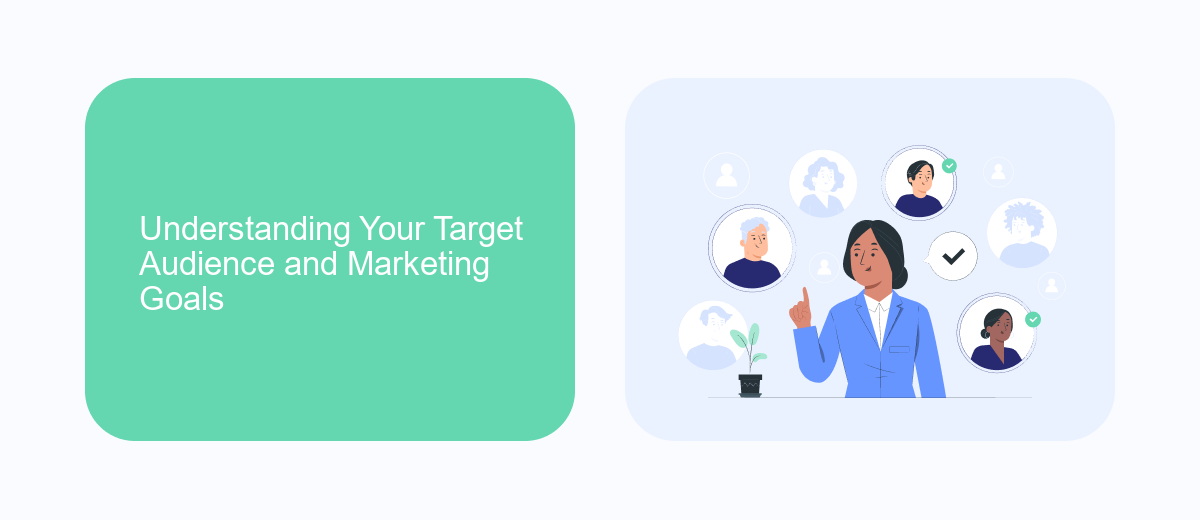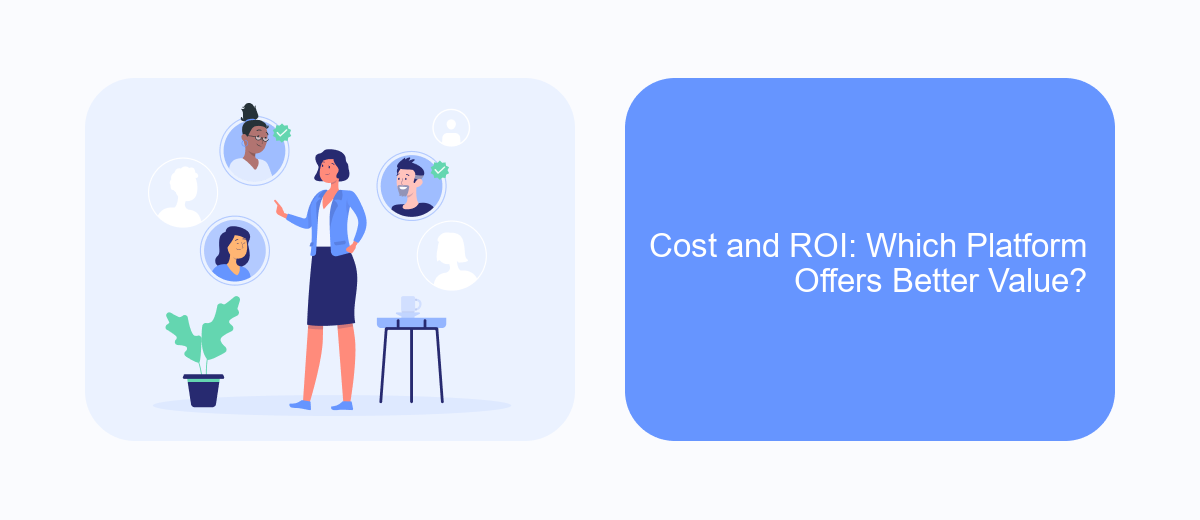In the ever-evolving landscape of digital marketing, businesses are constantly seeking the most effective platforms for advertising. Two giants stand out: Google Ads and Facebook Ads. Each offers unique advantages, catering to different marketing goals and audiences. This article delves into the strengths and weaknesses of both platforms, helping you decide which might be better suited for your advertising needs.
Introduction: The Battle of the Digital Advertising Giants
In the ever-evolving landscape of digital marketing, two titans stand out: Google Ads and Facebook Ads. Both platforms offer unique opportunities for businesses to reach their target audiences, yet they operate in distinctly different ways. As marketers strive to maximize their advertising budgets, the debate over which platform reigns supreme is more relevant than ever. Understanding the strengths and limitations of each can help businesses make informed decisions about where to allocate their resources.
- Targeting Capabilities: Google Ads excels in intent-based targeting, while Facebook Ads shines with demographic and interest-based targeting.
- Ad Formats: Google offers search, display, and video ads; Facebook provides a variety of engaging ad formats including carousel and story ads.
- Cost Structure: Both platforms offer flexible budgeting options, though cost-per-click and return on investment can vary significantly.
Ultimately, the choice between Google Ads and Facebook Ads depends on a business's specific goals, audience, and budget. Some may find that a combination of both platforms yields the best results. In this ongoing battle of digital advertising giants, staying informed about the latest trends and updates is crucial for maintaining a competitive edge.
Understanding Your Target Audience and Marketing Goals

Understanding your target audience is crucial when deciding between Google Ads and Facebook Ads. Google Ads typically excels in reaching users with high intent, as people often use Google to search for specific products or services. This makes it ideal for targeting audiences who are actively looking for what you offer. In contrast, Facebook Ads are more effective for creating awareness and interest, leveraging its detailed demographic and interest-based targeting options to reach potential customers who may not yet be actively searching for your product but match your ideal customer profile.
Aligning your marketing goals with the strengths of each platform is essential. If your goal is to capture immediate sales or leads, Google Ads might be more effective. However, if you're aiming to build brand awareness or engage with a broader audience, Facebook Ads could be more suitable. Additionally, integrating tools like SaveMyLeads can streamline your marketing efforts by automating lead data transfers between platforms, ensuring you can efficiently manage and nurture your leads regardless of the advertising channel you choose.
Comparing Google Ads and Facebook Ads: Reach, Targeting, and Ad Formats

When evaluating Google Ads and Facebook Ads, it's crucial to consider their reach, targeting capabilities, and ad formats. Google Ads, operating through the Google Search Network and Display Network, offers extensive reach by displaying ads across search results and a vast array of websites. Facebook Ads, on the other hand, leverages its social media platform to reach users based on their interests and behaviors, offering a more personalized touch.
- Reach: Google Ads targets users actively searching for specific keywords, while Facebook Ads can target users based on demographics and interests, reaching a potentially broader audience.
- Targeting: Google Ads excels in intent-based targeting, showing ads to users with a high likelihood of conversion. Facebook Ads offers detailed demographic targeting, allowing advertisers to reach specific user segments.
- Ad Formats: Google provides text, display, and shopping ads, whereas Facebook offers a range of formats including image, video, carousel, and collection ads, enhancing engagement through visual appeal.
Ultimately, the choice between Google Ads and Facebook Ads depends on your business goals and target audience. Google Ads is ideal for capturing intent-driven traffic, while Facebook Ads excels in building brand awareness and engaging users through visually compelling content.
Cost and ROI: Which Platform Offers Better Value?

When evaluating the cost and return on investment (ROI) of Google Ads versus Facebook Ads, it's crucial to consider the unique strengths each platform offers. Google Ads tends to have a higher cost-per-click (CPC), but it often boasts a higher intent audience, meaning users are actively searching for products or services. This can lead to a higher conversion rate, potentially justifying the cost.
On the other hand, Facebook Ads typically offer a lower CPC and a broader reach, making it a cost-effective option for brand awareness campaigns. However, the audience may not have immediate purchasing intent, which can impact direct conversion metrics. The platform's robust targeting capabilities allow advertisers to reach specific demographics, enhancing the potential for ROI.
- Google Ads: Higher CPC, higher intent audience, potentially higher conversion rates.
- Facebook Ads: Lower CPC, broader reach, excellent for brand awareness, detailed targeting options.
Ultimately, the choice between Google Ads and Facebook Ads should depend on your business goals and target audience. If immediate conversions are a priority, Google Ads might offer better ROI. Conversely, for businesses focused on building brand awareness or targeting specific demographics, Facebook Ads could provide better value.


Conclusion: Choosing the Right Platform for Your Business
When deciding between Google Ads and Facebook Ads, it's crucial to consider your business's unique needs and goals. Google Ads, with its vast reach and intent-driven targeting, is ideal for businesses aiming to capture demand from users actively searching for products or services. In contrast, Facebook Ads excel in audience engagement and brand awareness, offering robust targeting options based on user interests and demographics. Each platform has its strengths, and the choice largely depends on where your target audience spends more time and how they interact with your brand.
For businesses looking to optimize their advertising strategy, integrating platforms can be highly beneficial. Tools like SaveMyLeads simplify the process by automating the flow of leads from ads to your CRM, ensuring seamless communication and efficient follow-up. By leveraging such services, businesses can maximize their advertising efforts, regardless of the chosen platform. Ultimately, the right choice is not about which platform is better, but which one aligns with your business objectives and audience behavior.
FAQ
Is Google Ads more cost-effective than Facebook Ads?
Which platform provides better targeting options?
Can I integrate my advertising data with other tools for better analysis?
Which platform is better for brand awareness campaigns?
How do I decide which platform to use for my business?
If you use Facebook Lead Ads, then you should know what it means to regularly download CSV files and transfer data to various support services. How many times a day do you check for new leads in your ad account? How often do you transfer data to a CRM system, task manager, email service or Google Sheets? Try using the SaveMyLeads online connector. This is a no-code tool with which anyone can set up integrations for Facebook. Spend just a few minutes and you will receive real-time notifications in the messenger about new leads. Another 5-10 minutes of work in SML, and the data from the FB advertising account will be automatically transferred to the CRM system or Email service. The SaveMyLeads system will do the routine work for you, and you will surely like it.
